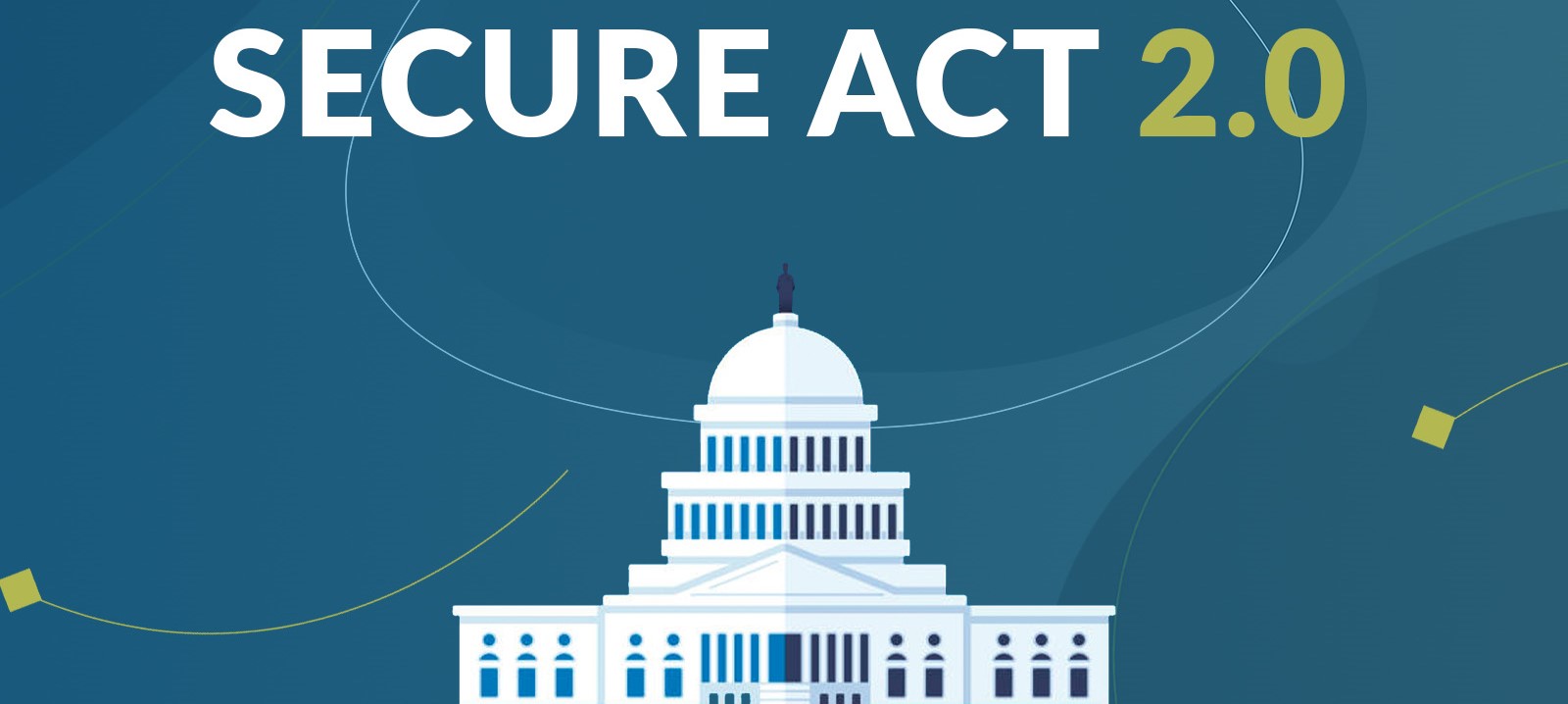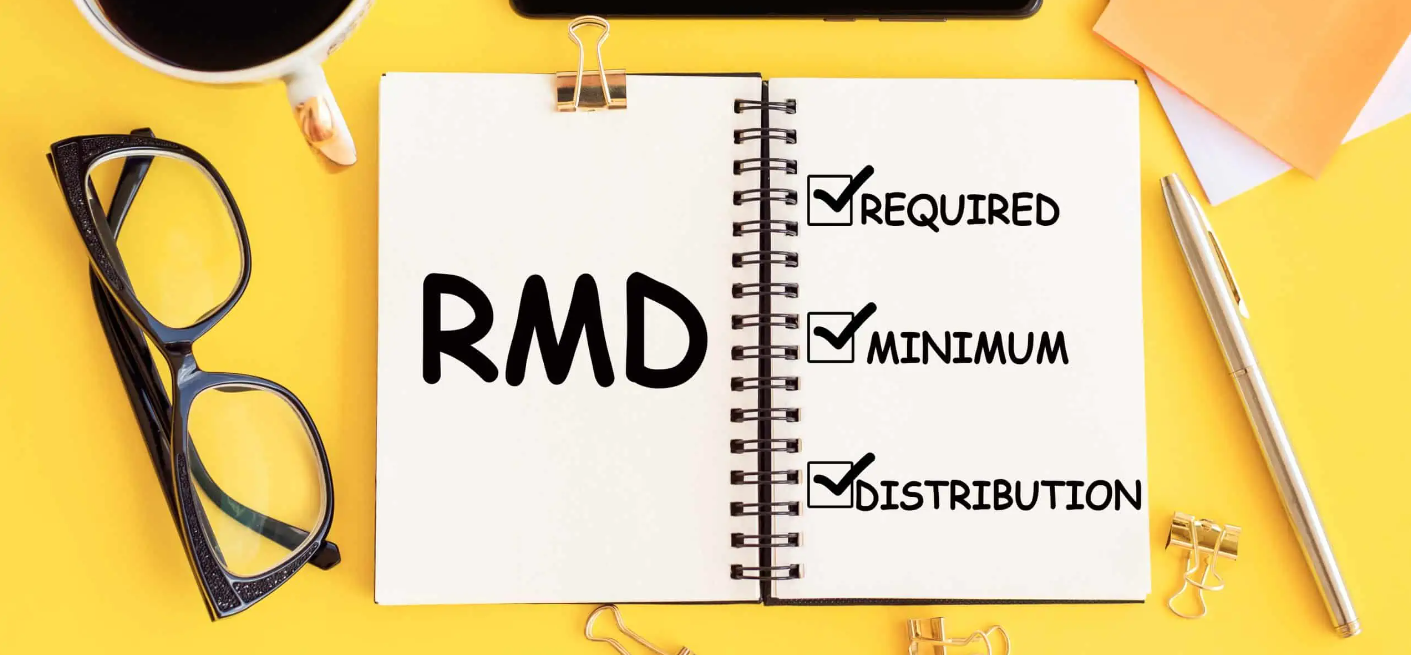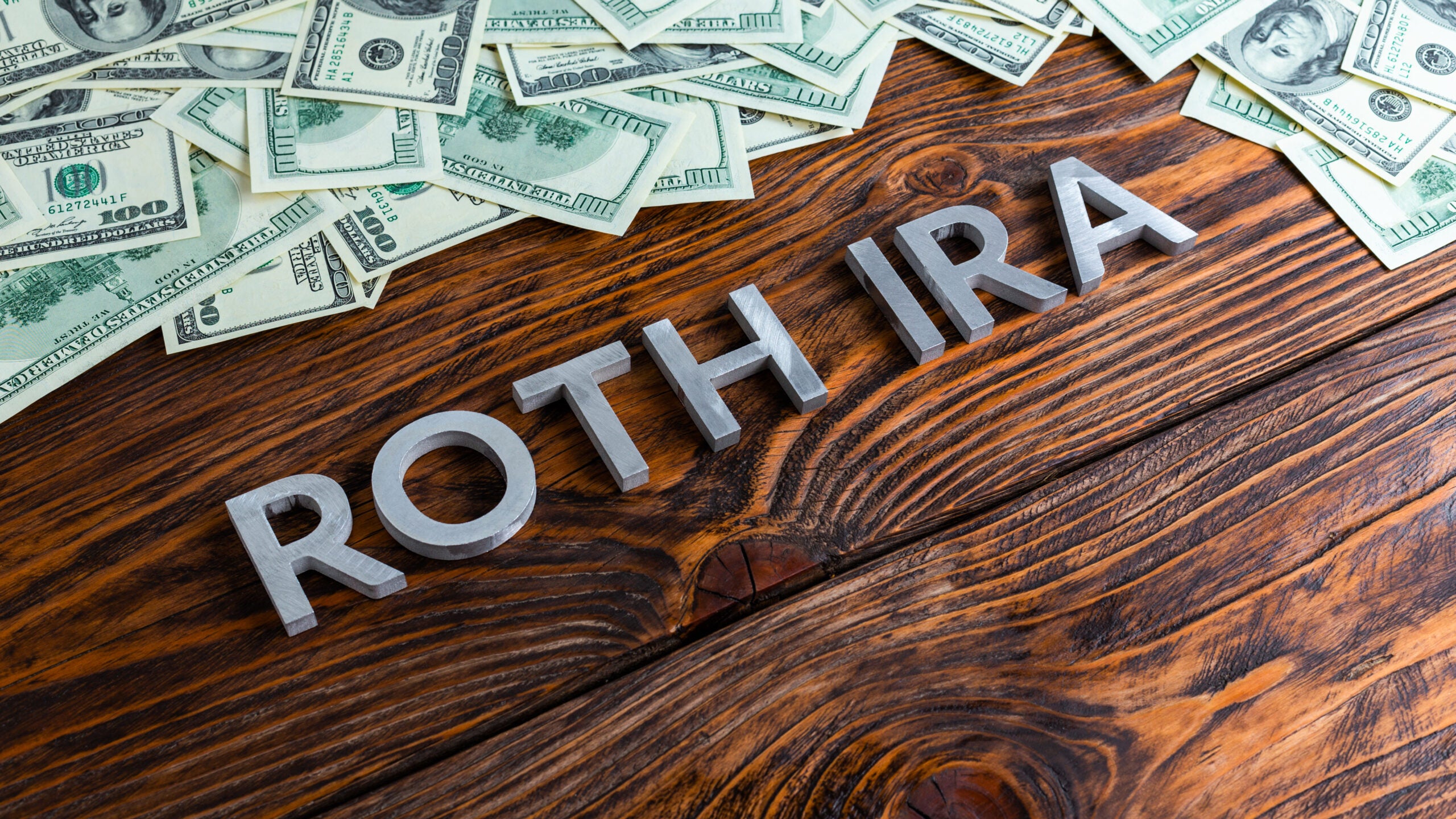On December 20, 2023, the IRS issued Notice 2024-02, which includes guidance on 12 provisions of the SECURE 2.0 legislation. This article will address the guidance on Roth 401k employer contributions and other plans.
Most workplace savings plans provide company contributions. Those contributions are either matching contributions only for employees who make employee deferrals or across-the-board (“nonelective”) contributions for all eligible employees.
Up to now, employer contributions, including matches on Roth employee contributions, had to be made to a pre-tax account within the plan. However, beginning in 2023, SECURE 2.0 allowed for employer contributions to be made to Roth accounts. Although effective last year, few (if any) plans have offered Roth employer contributions because of the need for recordkeepers to adjust their systems and because of the lack of IRS guidance. With a year to get ready and the guidance in Notice 2024-02, hopefully, recordkeepers will soon be able to offer this feature.
The IRS Notice makes clear that employers are not required to make their contributions on a Roth basis. It is optional, not mandatory. In addition, if a company decides to make Roth employer contributions available, it cannot force that option on employees. Instead, employees must have an opportunity, at least annually, to elect to have employer contributions made to a Roth account and to change that election.
The Notice also answers several unresolved questions about Roth’s employer contributions:
- For tax purposes, Roth employer contributions are treated the same as Roth employee contributions. However, 401k employer contributions are often made for a particular year after the end of that year. For example, a matching contribution for 2023 could be made in early 2024. In that case, is the employee taxed in 2023 or 2024? The IRS says 2024.
- Company plans often use vesting schedules for employer contributions. If an employee is only partially vested in employer contributions (say, 40%), can she elect to have 40% of an employer match treated as a Roth contribution. The IRS says no. Only employees fully vested in employer contributions can elect Roth treatment for those contributions. (This will be a big relief for recordkeepers.)
- How will Roth employer contributions be reported? As 1099-R distributions or W-2 wages? The IRS says reporting must be done on 1099-R, using code “G” in Box 7.
- Can plans allow employees to do an in-plan Roth conversion of pre-tax employer contributions into a Roth employer plan account? The IRS says yes – even if the plan doesn’t allow in-plan Roth conversions of pre-tax elective deferrals.
By Ian Berger, JD
IRA Analyst











